It’s all about striking a balance!

There’s always a new cliff to jump off. We are hounded by diet philosophy mongers all the time. New buzz words rain down on us until we are buried under an avalanche of do this, do that.
Keto. Whole grain goodness. Intermittent fasting. Vegan. Grass fed. Free range. Organic. Non-GMO. Whole 30. Low carb. Sugar free. Low fat. Non-dairy. Gluten free. Aaaahhhh!

I just want to feel good, keep excess pounds off, maintain a stable blood sugar, keep my bones strong and muscles functioning, avoid poisonous food or activities to allow my body to be naturally disease free, and … something else to be mentioned in a minute.
That’s why I avoided labeling my approach to eating in Toolkit for Wellness as anything other than anti-inflammatory. Labels can be problematic.
It’s just not food either. We are a complex whole. Deprivations or excesses in one area of our life puts everything else out of kilter.
Added to the fact that none of us has ever been this old before …

What worked in our thirties might not work for us in our forties – etc., etc.
Therefore, we seem to always be adjusting to make things balance out. Never a dull moment. Every day sees us coping with physical changes we may not know are even happening.
Which brings me back to my other goal. Usually commercial ads about this are aimed just at the senior sector of our population; but this issue traverses all age categories. It’s something that even concerned my high school students. What is it?
Regularity. Constipation.
Poo.

It’s a topic that’s vital even to infants (I remember my constipated babies – what anguish for everyone) and to everyone, every day – for as long as we live.
Again, it’s a complex topic. The standard approach is:
- Drink enough fluids
- Get enough exercise
- Eat enough fiber
- Control stress (that’s my addition)
Chronic constipation can set us up for hemorrhoids, irritable bowel disease, and colon cancer. Also makes for feelings of discomfort and general malaise. Not fun.
There are even issues beyond constipation – this is going to get a little graphic, here – there are issues about the quality or texture of the Bowel Movement (BM).
Let’s delve into this dinner-table-taboo topic with the Bristol Stool Chart
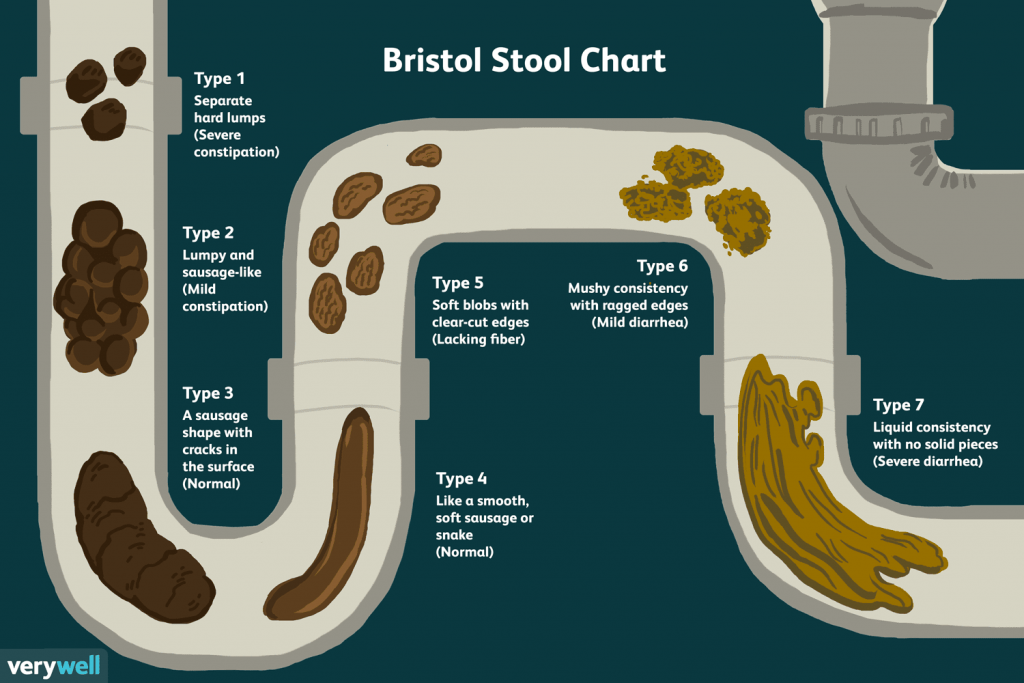
It is possible to be as regular as clockwork, but terribly constipated.
Where are you on this scale?

After going gluten-free and restricting starchy carbs for several years – and feeling so much better – I seemed to enter a new phase of regularity with constipated results. (Talk about airing dirty laundry … but folks, I’m doing this so we can learn).
Were the several years of caregiver stress – followed by widowhood – a factor? Certainly.
But this was no way to live. What could I do? Join the Metamucil-for-lunch bunch? Nooooooo!
After much trial and error, the results are in! LOL
As I sought to restore balance within my body, I have come to soften some of my previous approaches:
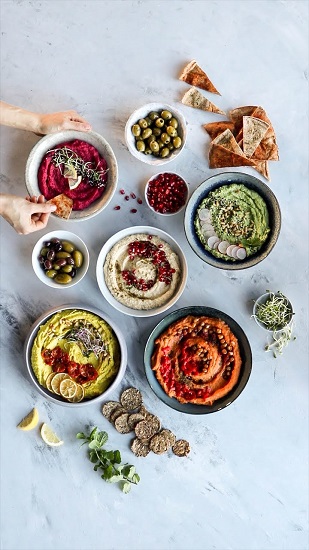
- Gluten-free remains a priority (helps me avoid most sweets at gatherings and unnecessary bread-y starch)
- I am opening the door to some legumes in regular consumption of hummus and chili beans
- Eating some 5% fat, plain Greek Yogurt each day, which feeds the microbiome in my gut
- Eating the whole grain goodness of quinoa – a gluten-free ancient grain that is so versatile hot or cold, sweet/savory/or plain
- Sauteed, unbreaded okra slices, seasoned with Montreal Steak Seasoning, are a frequent fare and will “cure what ails you”
- Eating Brussels sprouts year round
- Modifying my super-low-carb approach by adding a slice of whole-grain, gluten-free bread to my morning or lunch open-faced sandwich (Sam’s brand found at Walmart on the top shelf of their bread isle is my absolute favorite)
The final improvement has come – for me – through the additional, though small, addition of starchy carbs. My research today is showing, as well, that the avocado mash on my morning or lunch time toast is boosting helpful fiber, as well.

So, let’s look at fiber. Most people are getting about half what’s needed. Women should be getting 25 grams of fiber a day and men should be getting 38 grams.
Everything you ever want to know about fiber can be found HERE and HERE!
As a timesaver, let me summarize:
Fiber is the part of food not broken down or absorbed during its journey through the digestive system.
There are two types of fiber categories: soluble and insoluble.
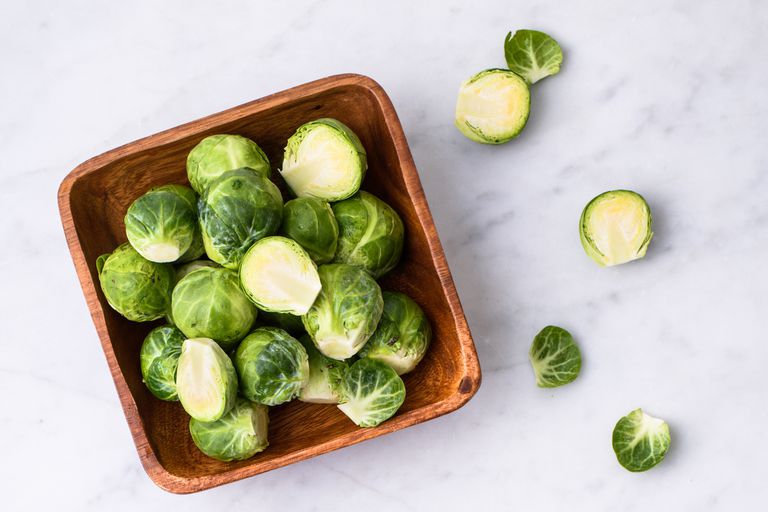
Soluble fiber binds with fatty acids and helps flush them out of the body – thus lowering bad cholesterol – and blends with water forming a gel-like substance in the gut, which helps lower blood sugar spikes.
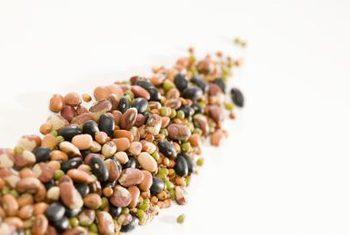
Insoluble fiber helps to act as a bulking agent that speeds the passage of waste.
Together, both kinds of fiber slow digestion so that the sugar/glucose from food is absorbed more slowly – thus stabilizing blood sugars.
It’s the difference between eating a piece of candy or eating an equal amount of sugar/glucose in a fiber-filled raw apple. The candy will cause swings in blood sugar as the glucose is rapidly absorbed, insulin is needed, and blood sugar drops as insulin’s effect occurs. The apple will cause a slight rise in blood sugar over time because the fiber slows down the sugar/glucose absorption and the insulin demands are much lower.
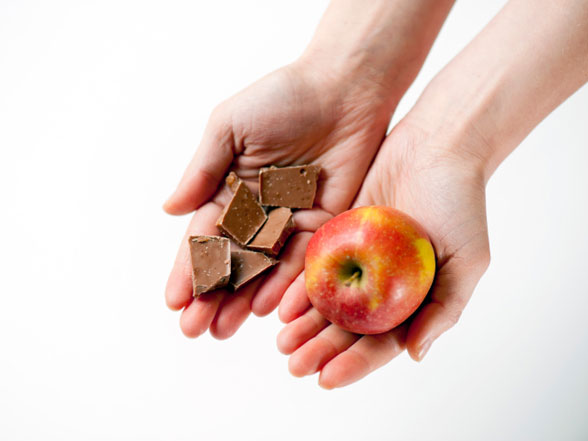
Then, there are different actions that fiber can take.
Some soluble fibers are fermentable and serve as fuel for the (good) bacteria in our gut. The over 100 trillion bacteria found mostly in the large intestine are ground-zero for zillions of chemical, hormonal, and nerve reactions and communications happening in the body. Research is showing that dysbiosis in the microbiome of our gut (the good bacteria) is resulting in or is a contributing factor to auto-immune disease and much more. Feeding these friendly warriors is very important to good health.
Fermentable fibers are found in beans and legumes. The byproduct of this fermentation is gas. Great.
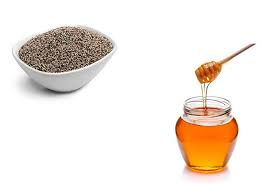
Then there’s viscous fiber that forms a gel when blended with water. This gel slows down the digestive process which allows for a feeling of fullness and satiety for longer periods.
Think chia seeds in water. Think okra.
This viscus/soluble fiber is also found in legumes, asparagus, Brussels sprouts, oats, and flax. Just a tablespoon of chia seeds in water and flavored – or not – with a dab of honey will turn into a gelatinous treat that will hold you all night and “do your body good.”
Many of you may not have heard of this next one: Resistant starch. Used to be that I’d just shut the door at any idea of consuming starch. Starch is the main carbohydrate in the diet. Think potatoes, foods made with flour, and rice.
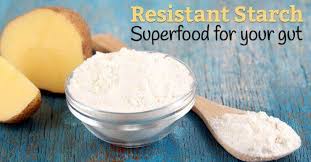
Resistant starch is a carbohydrate that functions like fermentable fiber in the gut. Have I grabbed your attention yet?
Yes. Under the right conditions, this starch (boo!) resists digestion and passes through the digestive system unchanged (yay).
Resistant starch improves digestive health; improves insulin sensitivity; lowers blood sugar; and helps to decrease appetite.
Resistant starches can be found in:
- Green bananas (sure)
- Legumes (think pinto beans…and gas)
- Cashews (yay!)
- Raw oats (Trail mix?)
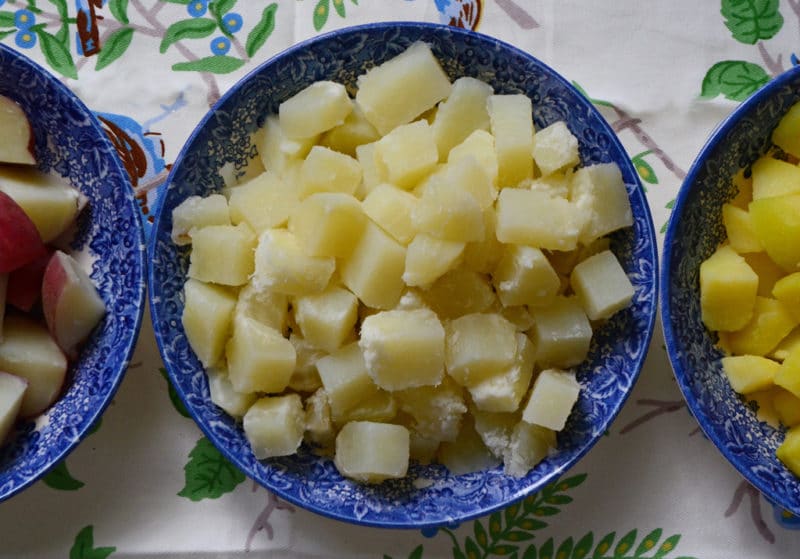
…and…drum roll…
- Cooled cooked white potatoes and white rice!
What? Yes! Think cold potato salad. Think white rice in salad. Heck- think sticky rice in nori rolls!
Ah, but remember the balance.
Deidre from Foodtalk4you is NOT saying to sit down to a bowl of potato salad.

What I am saying is that there are options that should be used to strike a balance, and that having a 3 or for 4 Bristol Stool result in the bathroom can be a measuring factor for that balance.
‘nuf said
In health-
Deidre
PS: Don’t forget to sign up for our newsletter on the left-hand side!


After 2 months of tweaking , am happy to report 3s mostly .
Excellent! Go forth…
Love it! You’re cool.
LOL! I can talk about anything! After teaching body systems/anatomy and Health Science there’s nothing off the table! Thanks.